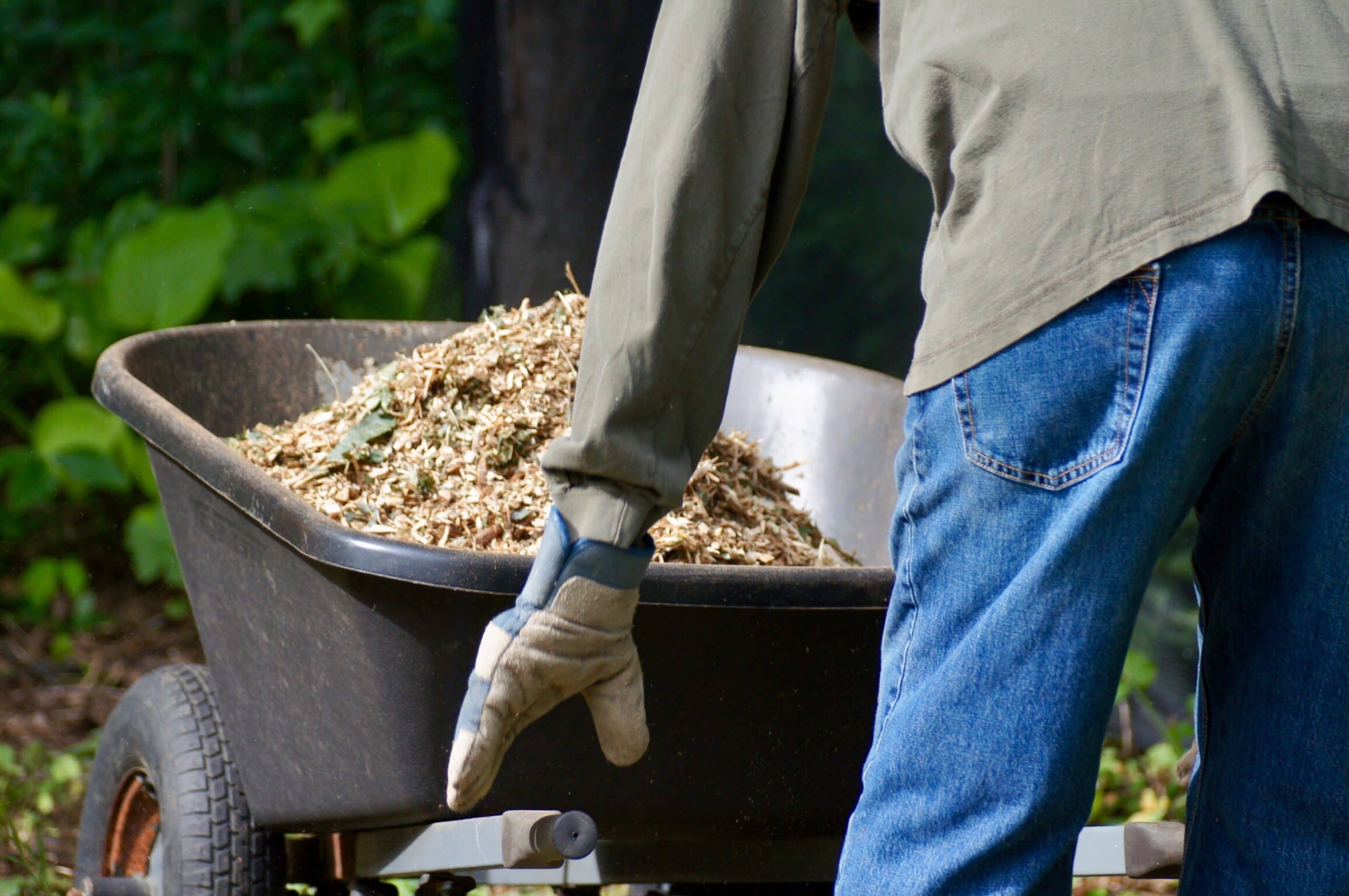3 Basic Yard Maintenance Tips for New Habitat Homeowners
Most of our Habitat homeowners are first-time homebuyers. Sometimes they’re even the first person in their family to become a homeowner. As new homeowners, there are so many things you have to learn about home maintenance–and if those weren’t passed down to you by family, it can be difficult to know where to begin.

In addition to taking care of the inside of your house, you also have to keep up with the outside. This includes weeding the garden, trimming the bushes, and mowing that lawn. If this is your first time tackling these chores then there are some simple steps you can take to make all of this easier and more efficient. Here are four tips for homeowners who want to maintain their yards without breaking a sweat.
Understand the Care Needs of Your Yard
The first step to caring for your lawn is to do a little research. Learn about the plants, grass, and environment to give it the care and attention it needs.
For example, certain kinds of grass need to be watered more than others, so once you identify what kind of grass you have, you can set up an appropriate watering and mowing schedule. And different plants need different levels of sunlight. So when you’re planting new bushes or flowers, make sure you’re placing them for optimal sunlight.
Understanding your lawn will help you plan out your ard maintenance routine and save money on things like water, fertilizer, mulch, and weed killer.
Mow Frequently
One of the best ways to maintain a healthy lawn is to mow frequently. If you wait too long between mowings, your lawn can become overgrown and develop clumps and patches. This makes mowing harder, harbors mice and other pests, and allows weeds to pop up. Mowing frequently will help keep weeds and pests down while making it easier to complete your other yard maintenance tasks.
How often you mow will depend on the type of grass and the season. For instance, in the summer, you may need to mow as often as once a week to keep your lawn fresh. But in the winter, you may not have to mow at all–especially if your grass goes dormant or is hiding under a layer of snow.
Embrace the Mulch
Mulch is a general term for a layer or layers of material that cover the ground or soil. Mulch can be made from many different materials, such as bark, grass clippings, wood chips, or compost. One of the most common types of mulch is organic mulch – which is created by using leaves, grass clippings, and other plant-based material.
Mulching your flower beds helps to keep weeds down and can also improve soil quality by keeping it moist and aerated. It’s best to apply three inches of mulch around plants and trees to help them grow better. Mulching will also help conserve water because it doesn’t let water run off the ground so quickly!
How often you should add mulch depends on where you live: some areas might not need any added while others may require weekly applications. Do your research or ask someone at your local nursery for advice!
Just remember, mulch tends to smother grass, so only place it in areas like flower beds and around trees or birdbaths where you don’t want grass to grow.










